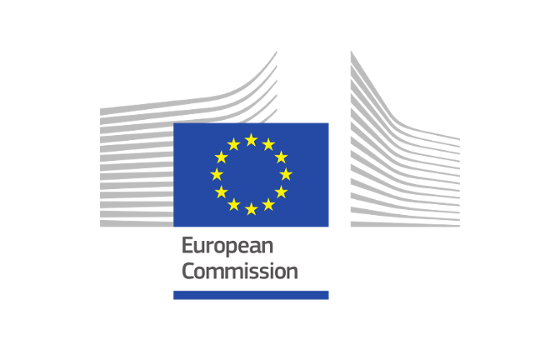 Senior people are statistically at greater risk of cognitive impairment, frailty and multiple chronic health conditions with consequences for their independence, their quality of life (and the one of their families) but also for the sustainability of health and social care systems. There is also increasing evidence that interactions with the environment play an important role in the evolution of the patient's health status and condition. The challenge is now to foster secure, scalable and robust digital solutions for integrated care which will:
Senior people are statistically at greater risk of cognitive impairment, frailty and multiple chronic health conditions with consequences for their independence, their quality of life (and the one of their families) but also for the sustainability of health and social care systems. There is also increasing evidence that interactions with the environment play an important role in the evolution of the patient's health status and condition. The challenge is now to foster secure, scalable and robust digital solutions for integrated care which will:
- Ensure a truly personalized delivery of health and social care, whilst supporting outcomes-based significant efficiency gains in health and care delivery.
- Promote a shift towards outcome-based delivery of integrated (health and social) care, which can be realised in a realistic operational, organisational and financial setting.
- Ensure trust of users and policy makers with regard to data access, protection and sharing.
- Design flexible but replicable solutions with a potential for financial sustainability, large scale deployment and further business and job creation opportunities.
Scope
The scope of this topic is to foster the large-scale pilots for deployment of trusted and personalised digital solutions dealing with Integrated Care, with a view to supporting and extending healthy and independent living for older individuals who are facing permanently or temporarily reduced functionality and capabilities. This in turn is expected to contribute to a patient-centred and truly individualized strategy in order to develop trusted, robust and financially sustainable services potentially useable in any Member States and the Digital Single Market, and applicable to a very wide range of patient pathways. These approaches aim to enable people to remain independent as long as possible and prevent hospitalisation.Expected outcomes are in priority:
- Efficiency gains in terms of resource utilization and coordination of care.
- Flexibility and replicability of service delivery patterns to combine personalization and large scale adoption of services with patient and citizen feedback.
- Ensuring secure and efficient sharing and processing of all data and information involved in the supply chain at each step of data stream: access, protection, sharing, processing and storage.
- Improvement of quality of life for the patient and his/her family and also of working conditions of all health care and social care providers involved in the supply chain, taking into account multi-disciplinary environment and constraints. Working conditions of professionals should cover in priority: work time management, quality of data/information exchange and multi-disciplinary coordination.
Outcome indicators should contribute to the assessment of the action regarding trust, recruitment, added value for the patient (in terms of quality of life) and cost-efficiency altogether.
- Recruitment of professionals will be measured by the number of professionals registered as actual used compared with the number of professionals actually registered in the pilot site region.
- Quality of life should be measured on the basis of commonly used questionnaires (like SF36) but also if required on the basis of specific disease-oriented measurement tools.
- Measurement of cost-efficiency should be measured on the basis of work time information dedicated to each patient.
The Commission considers that proposals requesting a contribution from the EU of between EUR 4 and 6 million would allow this specific challenge to be addressed appropriately. Nonetheless, this does not preclude submission and selection of proposals requesting other amounts.
Expected Impact
Proposals should provide measurable progress towards:- A common vision of technical prerequisites and framework to ensure users trust with regard to health and social data and information in IT supported environment, in line with existing EU data protection regulation (and if required with EU reflection on platforms).
- An evidence-based minimum data set on key points of the pathway:
- Clerical information: complete definition
- Clinical information: generic definition.
- Harmonisation, certification, approval labelling or reliable identification of adequate solutions for integrated care.
- Robust and reliable and replicable business models for IT supported solutions in a truly personalized and multi-disciplinary environment.
Opening date: 16 October 2018
Deadline: 24 April 2019 17:00:00
Deadline Model: single-stage
Type of action: Innovation action
For topic conditions, documents and submission service, please visit:
https://ec.europa.eu/info/funding-tenders/opportunities/portal/screen/opportunities/topic-details/sc1-dth-11-2019
PS: Find your partners or consortia preparing a project proposal
If you need help to identify a potential partner with particular competences, facilities or experience, please join and explore (HEALTH IT) SPACE www.healthitspace.eu.